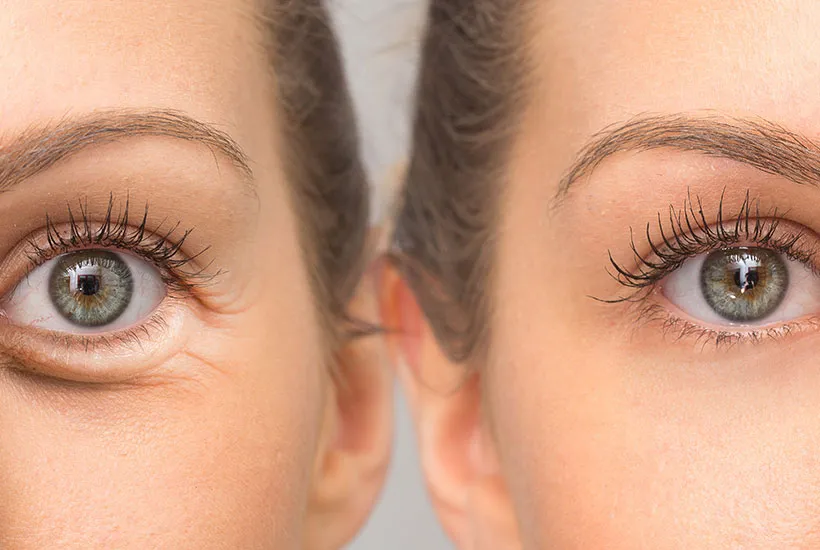Blepharoplasty, also known as eyelid surgery, is a cosmetic or reconstructive surgical procedure that involves removing excess skin and fat from the upper or lower eyelids, and sometimes both. The procedure can help improve the appearance of drooping or sagging eyelids, reduce the appearance of under-eye bags and create a more youthful and refreshed appearance.
Suitable candidates for blepharoplasty are typically individuals who are in good general health and have realistic expectations for the outcome of the procedure. Ideal candidates are usually over the age of 35, but some younger individuals with hereditary factors or other medical conditions may also be suitable. Those with excess skin or fat on their eyelids that may cause vision impairment or make them look tired or older than they are may also be good candidates for the procedure. However, it is important to note that a consultation with a qualified oculoplastic surgeon is required to determine if you are a suitable candidate for blepharoplasty and if the procedure is right for you.

